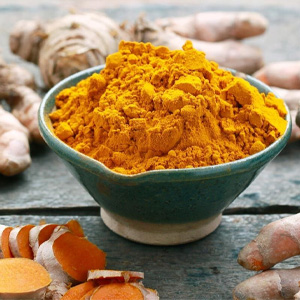- No. 268 Xianghe Street, Economic Development Zone of Xingtai city, Hebei 054001 China
- Byron@hbhongri.cn
use of chili powder
The Use of Chili Powder A Culinary and Nutritional Exploration
Chili powder, a vibrant and versatile spice blend, has a rich history and a prominent place in global cuisines. Derived from dried and ground chili peppers, it adds more than just heat to dishes; it also infuses them with flavor and color. This article delves into the various uses of chili powder, its health benefits, and tips for incorporating it into everyday cooking.
Chili powder typically contains a mixture of ground spices, often including cumin, garlic powder, and oregano alongside the chili itself. This unique blend varies by region, influencing the flavor profile tailored to local palates. In Mexican cuisine, for instance, chili powder is a key ingredient in dishes like chili con carne and enchiladas. It provides a depth of flavor and a warm, spicy kick, making these dishes favorites among spice enthusiasts.
In Indian cooking, a similar spice known as Kashmiri chili powder is used, prized for its vibrant red color and mild to medium heat. It is an essential component in curries, tandoori meats, and the famous biryani. The distinct differences in various chili powders around the world showcase the spice's versatility and adaptability, serving as a foundation for countless recipes.
Beyond its culinary uses, chili powder is also celebrated for its health benefits. Capsaicin, the compound responsible for chili peppers' heat, has been linked to various health advantages. Research suggests that capsaicin can boost metabolism, aiding in weight management by increasing the rate at which the body burns calories. Additionally, it may provide pain relief when used topically, as it is often found in creams designed to alleviate muscle and joint pain.
use of chili powder

Moreover, chili powder is rich in vitamins and antioxidants. It contains significant amounts of vitamin C, which supports the immune system, and vitamin A, essential for maintaining healthy vision. The antioxidants found in chili powder can help combat oxidative stress in the body, potentially reducing the risk of chronic diseases such as heart disease and cancer.
When incorporating chili powder into cooking, it is essential to consider its heat level and flavor intensity. It can be used to season meats, vegetables, and grains, or sprinkled onto salads and soups for an added kick. A little goes a long way; thus, starting with a small amount and adjusting to taste is often recommended. For those who enjoy experimenting in the kitchen, chili powder can be combined with other spices to create unique blends tailored to specific dishes or personal preferences.
For a simple yet flavorful recipe, consider making chili-spiced roasted vegetables. Toss your favorite vegetables—such as sweet potatoes, bell peppers, and carrots—with olive oil, salt, and a generous sprinkle of chili powder before roasting them in the oven. The result is a delicious side dish that complements a variety of main courses.
In conclusion, chili powder is not just a spice; it is a culinary companion that can elevate dishes, enhance flavors, and support health. By exploring the different varieties and applications of chili powder, cooks of all levels can transform their culinary creations while enjoying the myriad of health benefits associated with this fiery ingredient. So, whether you're making a spicy stew or simply seasoning your veggies, don't hesitate to reach for that vibrant red jar of chili powder and let it spice up your kitchen adventures.
-
Power of Bulk Turmeric PowderNewsMay.08,2025
-
Paprika Oleoresin Is the Natural Choice for FoodNewsMay.08,2025
-
High-Quality Oleoresin Capsicum for SaleNewsMay.08,2025
-
Flavorful World of Paprika&Chili ProductsNewsMay.08,2025
-
Chinese Crushed Red PepperNewsMay.08,2025
-
Benefits of Turmeric Standardized ExtractNewsMay.08,2025





